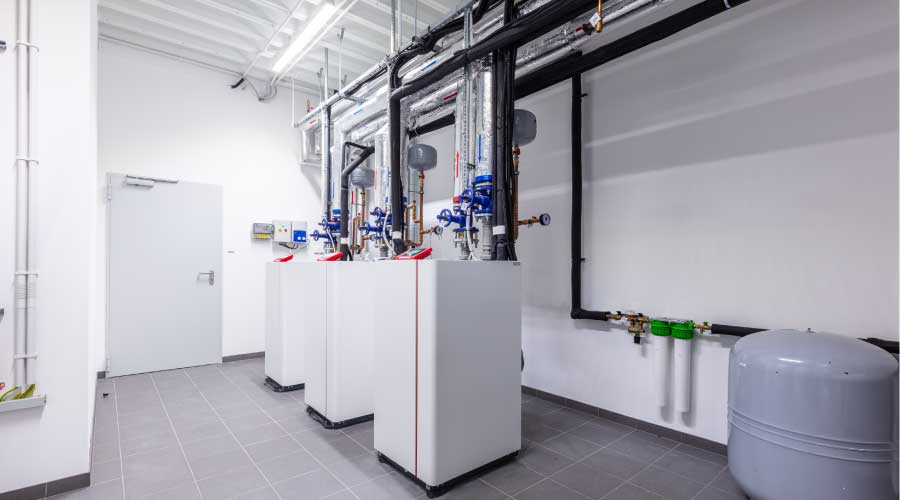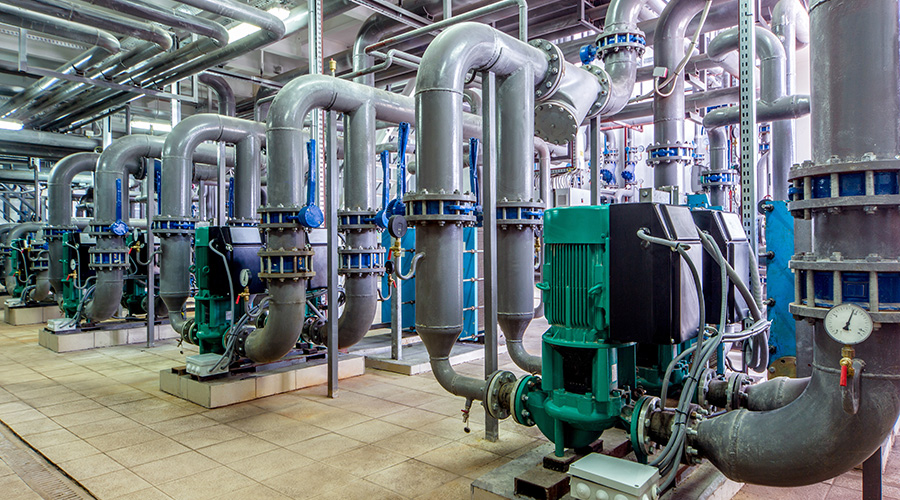Ensuring HVAC Operational Efficiency
How can you ensure that your operations are getting the most efficiency out of your HVAC system?
Proper measurement and verification. When you have just one master electric meter, you get only a broad indication of consumption and, perhaps, demand. Whole-building power data allows you to compare your building to other buildings using EPA Energy Star or ASHRAE bEQ (Building Energy Quotient) standards. It also serves as an early alert that something is awry, but it doesn’t tell where the problem is.
For improved efficiency, I recommend sub-metering for the lighting (both interior and exterior), the plug loads, and the HVAC system — at the very least. If the building has a central chiller/boiler plant, then the major components of that plant — the chiller(s), pumps, cooling tower, etc. — also should be sub-metered.
Submeters measure electrical usage and identify peak demands. They can also measure gas, water, steam, BTUs and various other energy sources. And they provide timely and accurate data, and can set off critical alarms when system components are not functioning at optimum levels.
To further optimize performance and increase efficiency, enter usage information into a reliable building automation system (BAS). For smaller buildings, a large, expensive BAS is not required. There are many simpler, less expensive systems on the market that will provide the necessary information.
Answers provided by James L. Newman, CEM, LEED AP, ASHRAE OPMP & BEAP, owner/managing partner of Newman Consulting Group, LLC, consultants for energy efficient and sustainable buildings. The firm has extensive experience with audit, upgrades and energy efficiency performance improvements in existing buildings. He can be reached at jimn@newmanconsultinggroup.us.
Related Topics:














